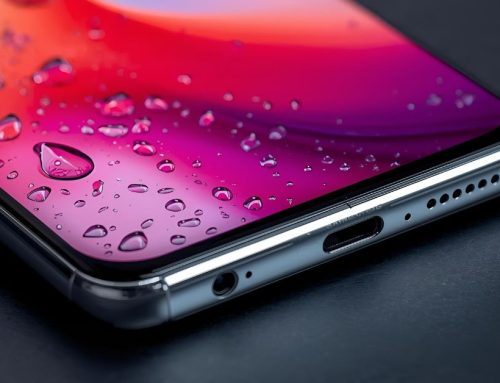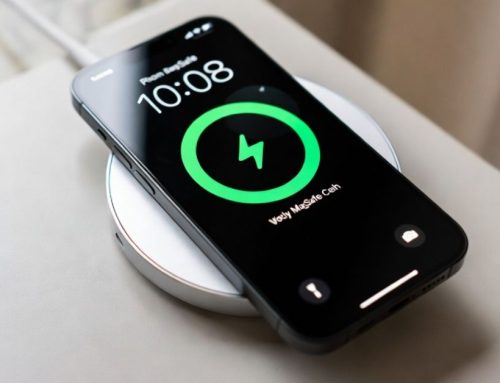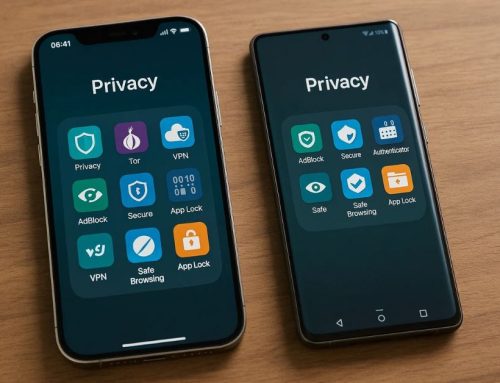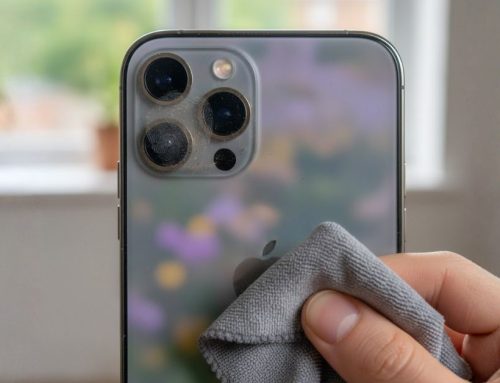Imagine you’re scrolling through your social media feed when you notice your phone feels oddly misshapen in your hand. Upon closer inspection, you discover the battery has swollen, pushing against the device’s casing. You’re not alone in this experience; many users face similar issues due to various reasons, ranging from overcharging to environmental factors. Recognizing the signs is important, as a swollen battery can pose significant risks. But what should you do next, and how can you prevent this from happening in the future? Let’s explore the steps you should take to address and prevent a swollen phone battery, ensuring your device’s longevity and your safety.
Identifying a Swollen Battery
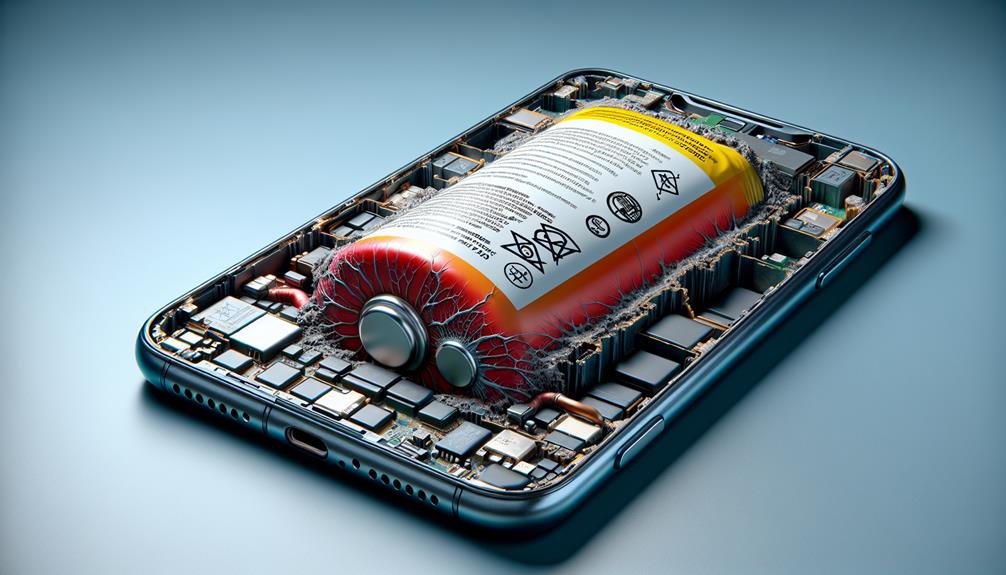
Identifying a swollen battery involves closely observing your device for any visible bulging, warping of its casing, or other abnormal signs that may indicate an underlying issue. You’re not alone if you’ve noticed your phone doesn’t sit flat on a surface anymore, hinting at unusual wobbling or movement due to internal pressure. This is a community of users facing similar challenges. Detecting metallic or sweet odors emanating from your device is another red flag, signaling it’s time to take action. Additionally, monitoring your phone’s performance for symptoms like sudden shutdowns or rapid battery drainage provides valuable clues. In extreme scenarios, if your phone seems to be disassembling itself, it’s a critical signal that the battery swelling has reached a dangerous level, demanding immediate attention for your safety and the longevity of your device.
Causes of Battery Swelling
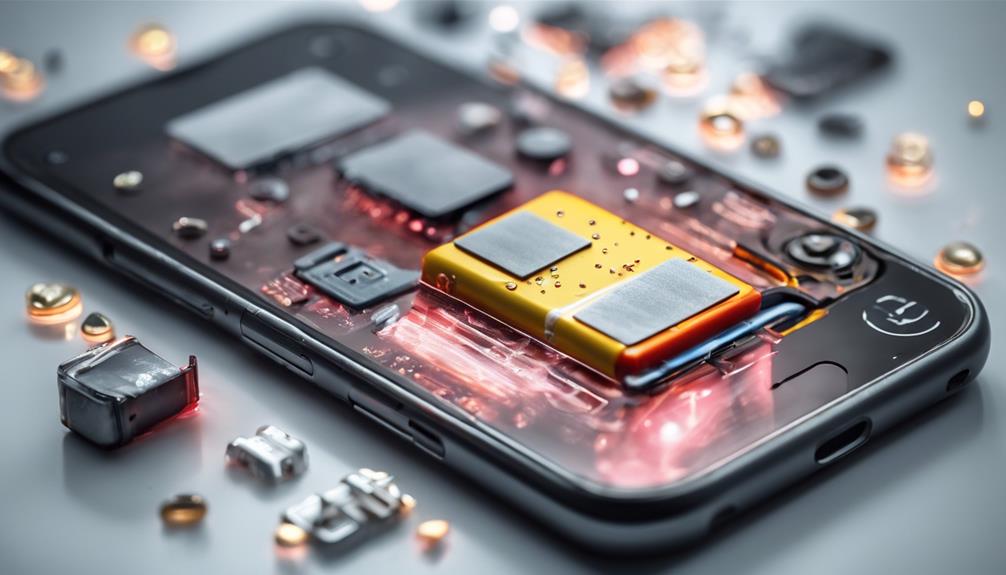
Understanding the causes of battery swelling is important, as it often stems from electrolyte decomposition, which naturally progresses over time and through repeated charging cycles. This decomposition is not merely a symptom but a root cause, leading to gas formation inside the battery casing. Additionally, overcharging your device can generate excess heat, exacerbating swelling by further breaking down the electrolyte. Conversely, over-discharging can damage the battery’s internal structure, contributing to swelling. A malfunctioning battery management system, failing to regulate charge and temperature, can also lead to swelling. Finally, physical damage, such as dropping or puncturing your battery, compromises its integrity, resulting in swelling. Each of these causes affects the battery’s performance and lifespan, underscoring the importance of understanding and mitigating risks.
Immediate Actions to Take
Upon noticing a swollen battery, your first step should be to immediately power down the device to halt any further damage. Next, isolate the device by placing it in a safe location, ideally away from any flammable materials, to minimize risk. This important measure is vital as it guarantees your safety and that of your surroundings. It’s also essential to resist the urge to charge or continue using the device, as this could exacerbate the situation, potentially leading to accidents. Instead, consider seeking professional help. Reach out to the manufacturer or a certified technician for advice on the next steps. Additionally, explore any warranty or insurance options available for your device. These actions not only safeguard your well-being but also provide a pathway to resolving the issue efficiently.
Removing a Swollen Battery
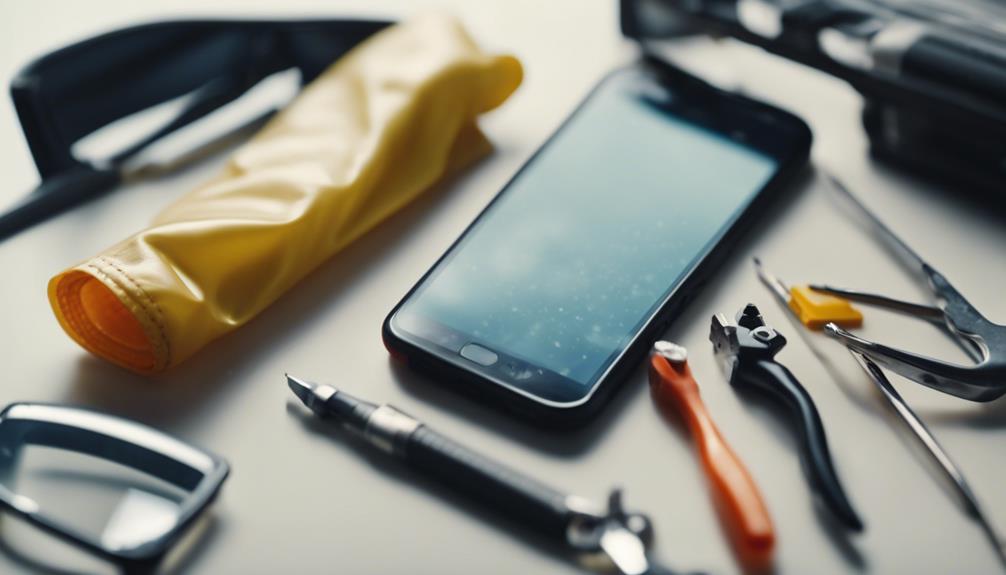
After taking immediate safety precautions and deciding against further use of the device with a swollen battery, it’s time to focus on the process for its safe removal. Begin by consulting the device’s battery replacement guide, ensuring you’re equipped with the knowledge for a meticulous procedure. Work in a well-ventilated area, donning safety glasses and gloves to shield yourself from potential hazards. It’s critical to handle the battery gently, avoiding any actions that might puncture or compress it, as this could lead to leaks or exacerbate damage. If you’re unsure or hesitant about proceeding, seeking professional assistance is a wise choice. They possess the expertise for proper handling and disposal, ensuring your safety and that of your surroundings.
Preventing Future Swelling
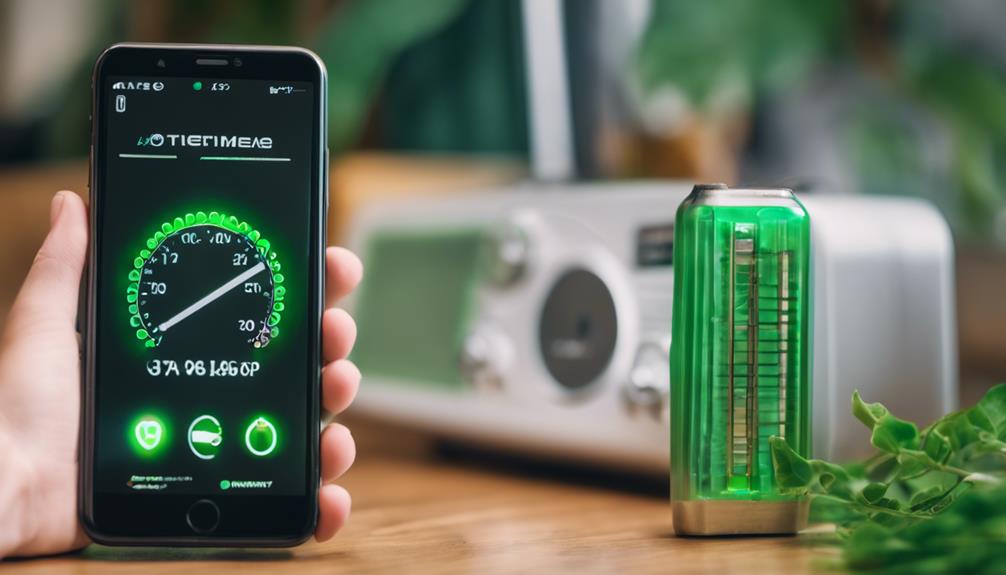
To prevent future battery swelling, it’s important to use the original charger or one specifically designed for your device model. This guarantees the correct power output, reducing the risk of overcharging, which can harm your battery. Promptly replacing drained batteries prevents over-discharging, a critical factor in maintaining battery integrity. Exposing your phone to extreme temperatures, especially heat, accelerates battery degradation and swelling. Hence, storing your device in a cool, dry place is essential. Additionally, avoid the habit of leaving your phone constantly plugged in. This practice can stress the battery, leading to potential swelling over time. By following these guidelines, you’re not just protecting your device; you’re also fostering a sense of responsibility and care within your tech community.
Conclusion
To sum up, you’ve learned to identify a swollen battery by observing its physical changes and performance degradation. Understanding that heat, damage, aging, or defects can cause swelling guides you in mitigating risks. You’re advised to promptly power down and isolate the device, abstain from charging, and seek expert removal. Finally, adopting preventive measures and properly disposing of the swollen battery enhances safety and device longevity. Remember, vigilance and correct action are key to managing such battery issues effectively.
Frequently Asked Questions
What causes swell in phone batteries?
Swell in phone batteries usually occurs due to a buildup of gas inside the battery, resulting from factors like overcharging, exposure to high temperatures, or chemical reactions within the battery.
How do I deal with swollen batteries in my smartphone?
When you notice swollen batteries in your smartphone, it is crucial to remove the battery carefully to reduce the risk of damage or potential hazards. Prompt actions should be taken to dispose of the swollen battery properly and consider replacing it to ensure safety.
Can a swollen lithium-ion battery catch fire?
Yes, a swollen lithium-ion battery poses a fire hazard, as the internal components of the battery may be compromised, leading to the potential risk of combustion. It is essential to stop using the device immediately and seek appropriate disposal methods.
What precautions should I take with lithium-ion batteries?
Handling lithium-ion batteries requires caution to prevent mishaps such as overcharging, puncturing, or exposure to extreme temperatures. Properly disposing of or recycling old batteries can help reduce environmental impact and safety concerns.
How can I ensure the safety of my smartphone’s battery?
To ensure the longevity and safety of your smartphone’s battery, avoid overcharging, exposure to high temperatures, or physical damage. If you suspect any issues such as battery swelling or reduced battery life, seek assistance from a professional phone repair shop.
Is a swollen phone battery a common issue?
Swollen phone batteries are relatively common, especially with older devices or batteries that have been subjected to prolonged usage or adverse conditions. Recognizing the signs of a swollen phone battery and taking immediate action is crucial for safety.
What should I do with a phone battery that is swelling?
If you notice your phone battery swelling, immediately stop using the device and safely remove the battery. Avoid puncturing or damaging the battery and dispose of it properly at a designated recycling center.

